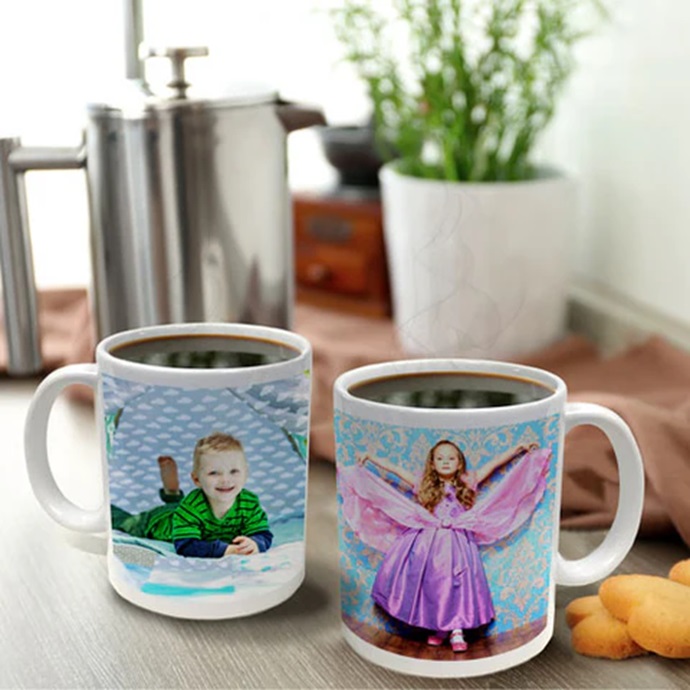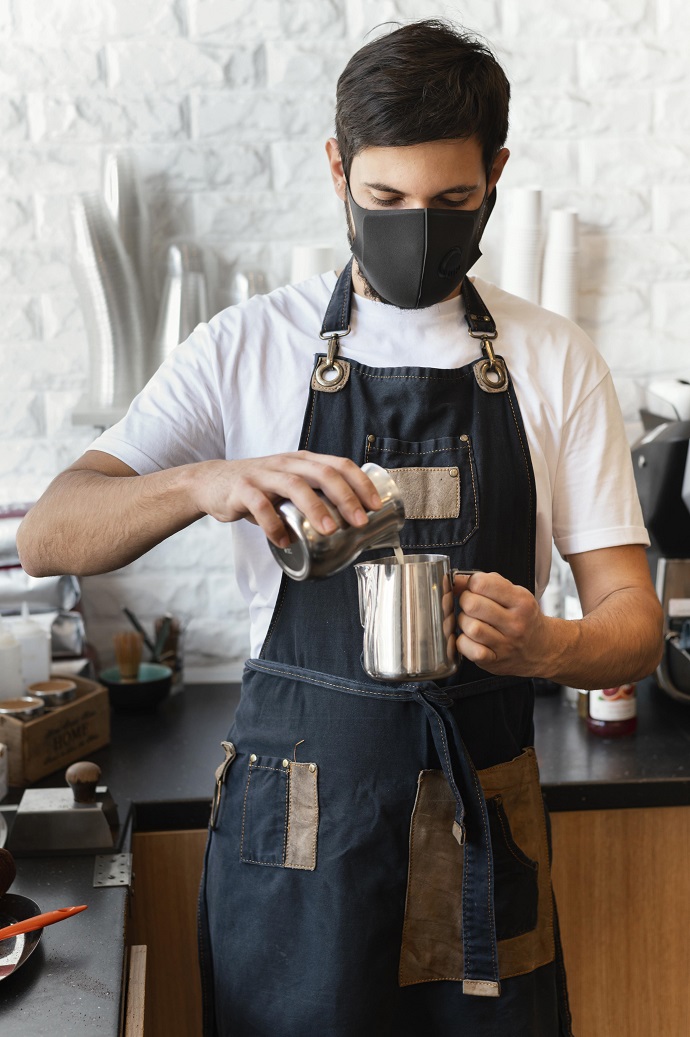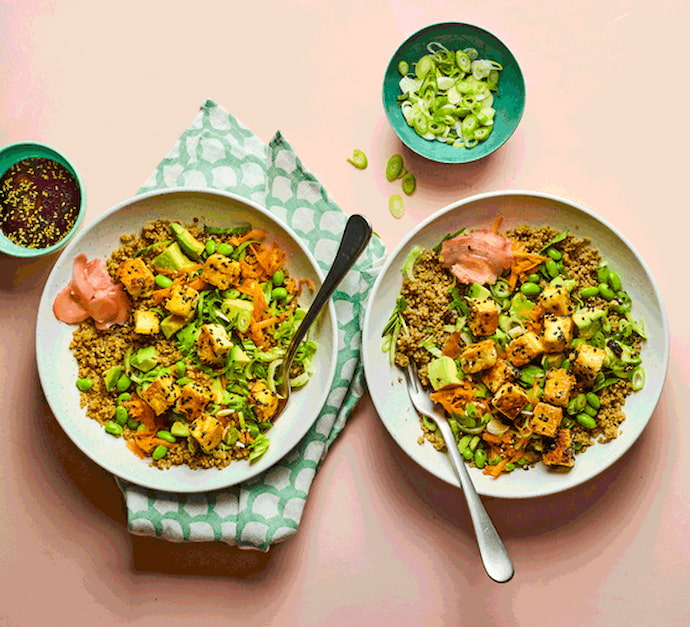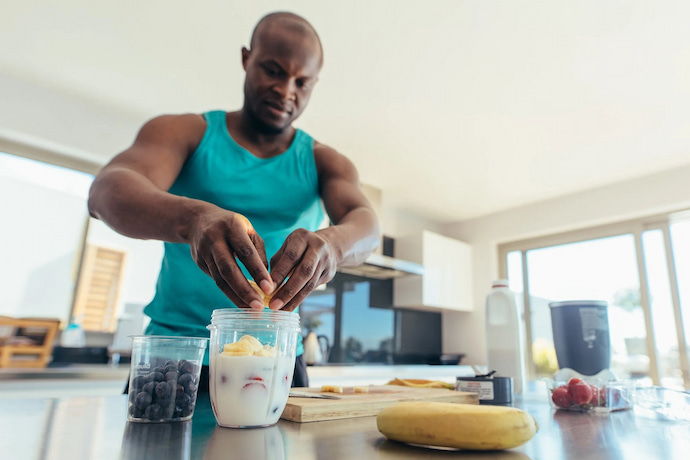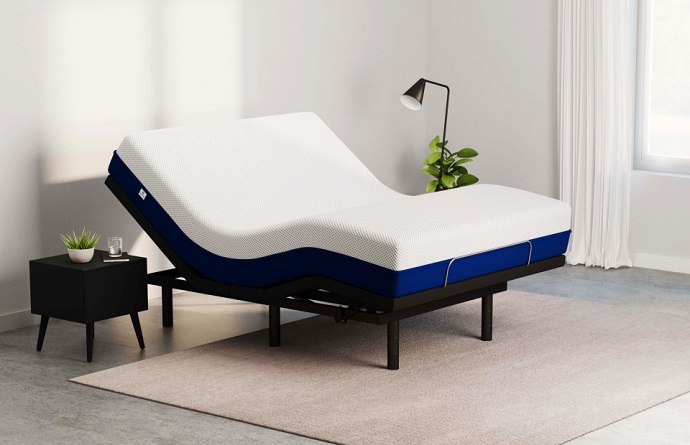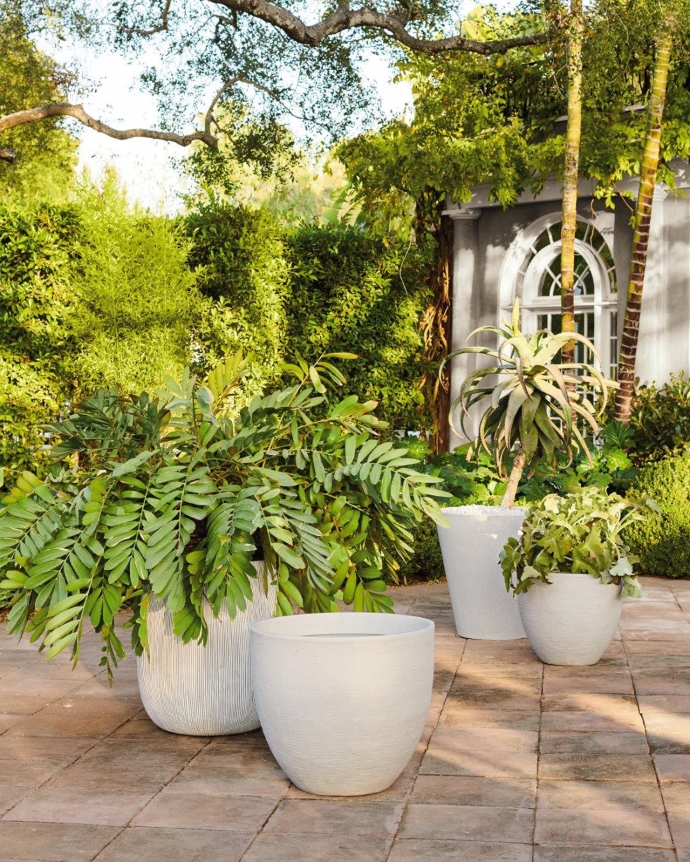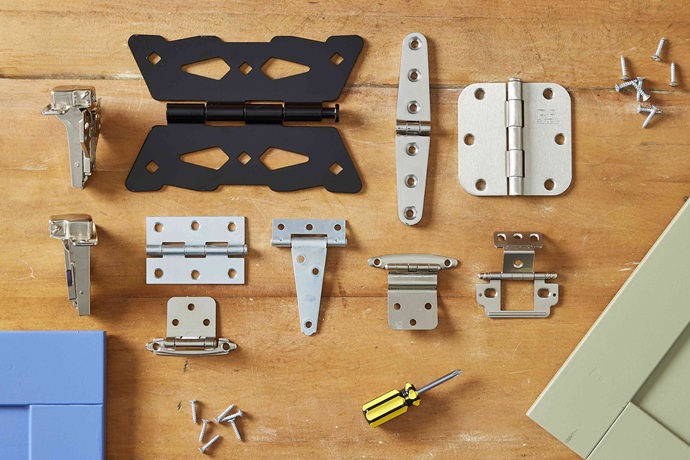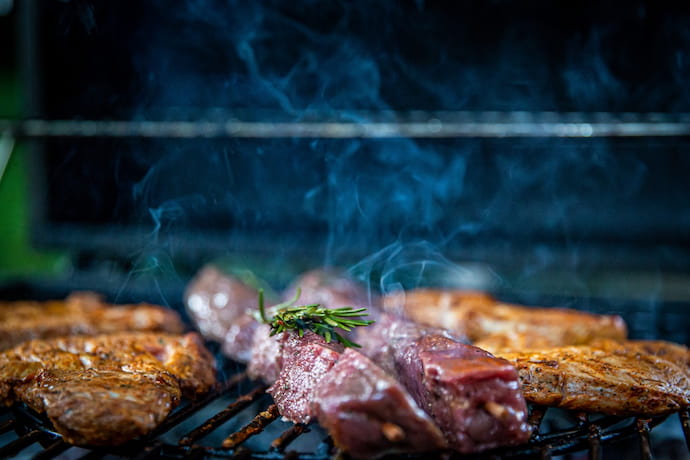The cookware you use every day is an important investment that should last you for many years. The most significant aspect is your choice of material. Some materials are sensitive to certain foods. Others may leach potentially harmful compounds into your meals. When purchasing cookware, make sure to look into the material’s chemical stability. Utensils made of copper, stainless steel, or ceramic are all very durable. Metals and plastics are more prone to corrosion and should be avoided.
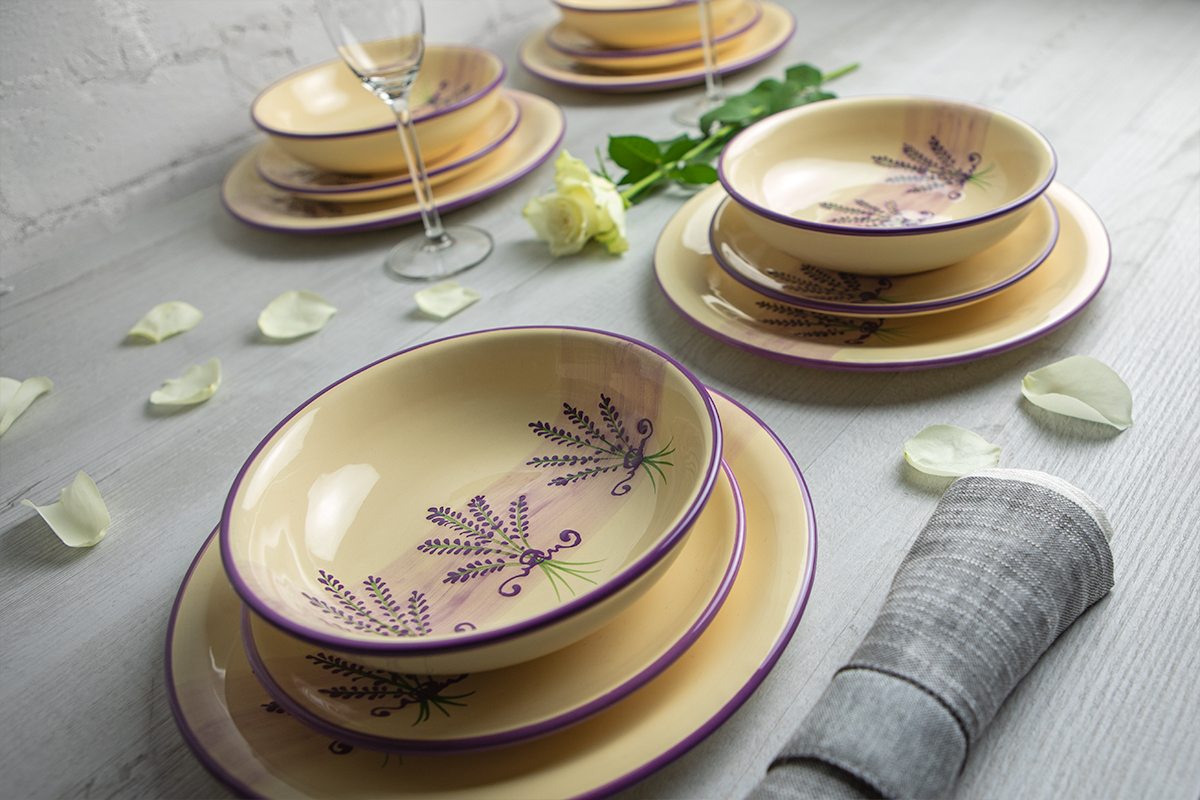
Ceramic Plates, Pots and Pans
The terms clay and ceramic are frequently used to describe the same material used in pottery production. Clay is a form of ceramic, but not all ceramic is clay. Ceramics includes several different materials that harden when heated, including clay, and clay is a natural resource that comes from the ground. Because it is created entirely of natural ingredients and used naturally, this material is ideal for healthy cooking. Ceramic pots are more difficult to heat up, but they gently release the heat, making them ideal for cooking steaks, stuffed cabbage, or peppers. The tastes will have ample opportunity to infiltrate and absorb into the preparations.
Ceramic plates can be a beautiful addition to any table decor. You can find a diverse range of ceramic plates online and in bigger brick and mortar home improvement stores. These dishes are simple to clean, either by hand or dishwasher. You can easily order ceramic plates online in various colours, patterns and designs, which can blend into every dining room decor.
The Traditional Clay Pots
The clay pot existed before the Instant Pot, air fryer, or pretty much any other type of cooking utensil. These traditional clay or earthenware pots come in various shapes and sizes and have been used since prehistoric times all across the world. Clay pots with lids are ideal for any food that needs to be cooked, stewed, or braised. This includes legumes and grains such as rice. Clay takes longer to fully heat than metal, but it holds the heat and allows for constant, gentle cooking once it does. Furthermore, clay has the distinct advantage of being a porous material. Before using an unglazed clay pot, soak it in water so that when food cooks inside, the pot emits additional steam.
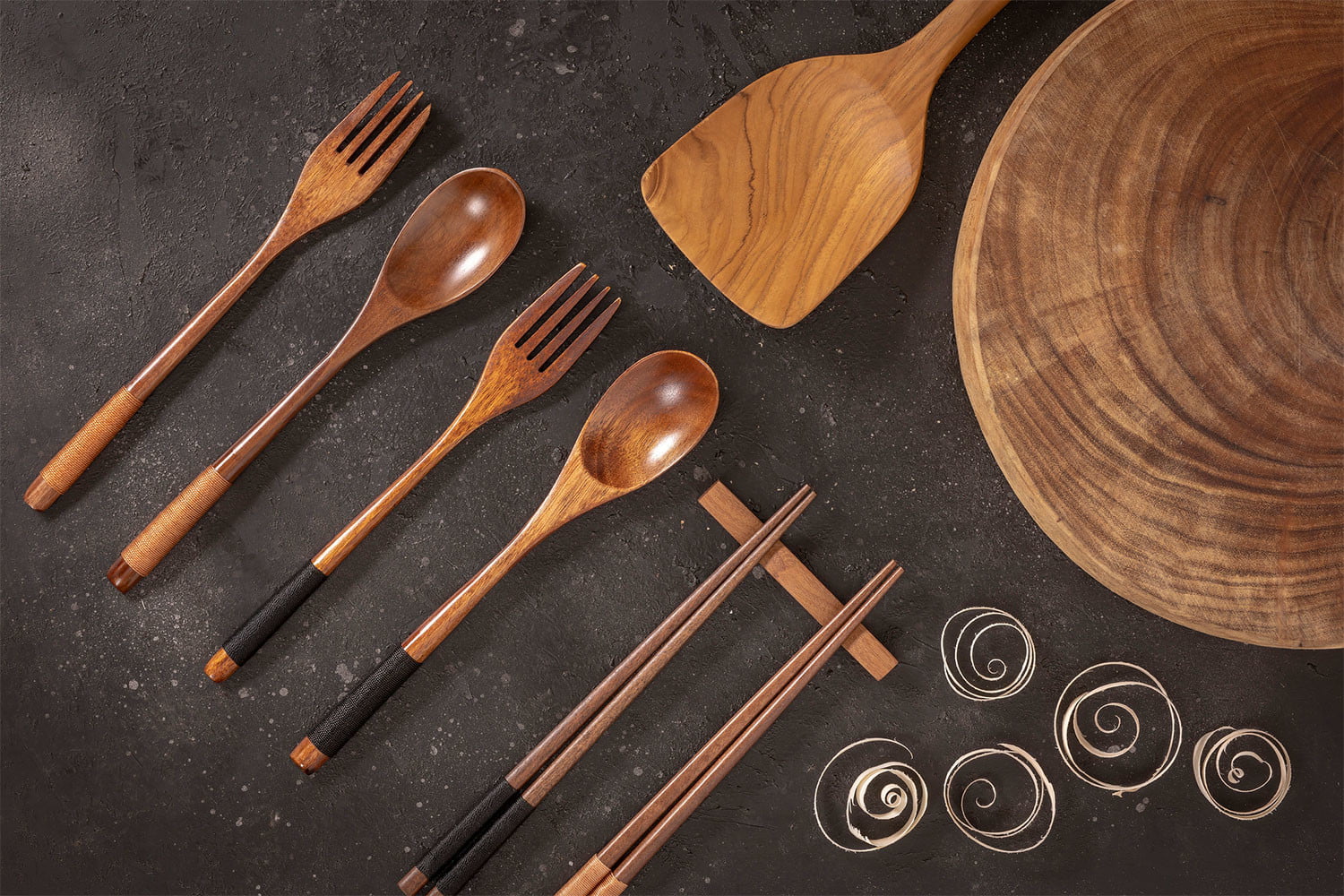
Wooden Kitchen Utensils
Wooden spoons are made from a single piece of natural teak wood and are non-toxic and BPA-free. So just like your ceramic plates, they will not leak harmful chemicals into your food while cooking at a high temperature. Because it can withstand temperatures of up to 450 degrees, you don’t have to worry about this wooden cooking utensil melting or burning your hands.
It is close-grained and contains a lot of organic oil; teak wood is recognized as one of the sturdiest and best woods for making utensils. You won’t have to worry about it shattering or damaging your expensive nonstick cookware with wood. Hand washing and oiling the spoons once a month is advised, and it’s best to allow enough time for air drying. With your stainless steel openers and cutters, wooden spoons are an essential part of your purposeful list of utensils.
Heavy Pans Made of Cast Iron
Cast iron pans, despite their heavyweight, are a must-have in any kitchen. When cooking in it, the food is evenly heated, and the heat is retained for extended periods. Cast iron is an iron alloy that contains between 2 and 4% carbon and varying amounts of silicon and manganese. Cast iron skillets are perfect for meals that require a longer cooking time at a consistent temperature. Steaks, oven roasts, and tortillas can all be cooked successfully in pots constructed of this material. You can also choose enamelled cast iron vessels. Because their surface is non-reactive, there is no possibility of hazardous chemicals leaching into the meal. It is safe to state that this will be an investment that will last you a lifetime.
Stainless Steel Pans
Stainless steel is also one of the safest and healthiest materials for thermal food preparation. It can last up to over 20 years, making it a worthwhile investment, especially since it does not react when in touch with food ingredients and is resistant to the transfer of chemical substances into its composition.
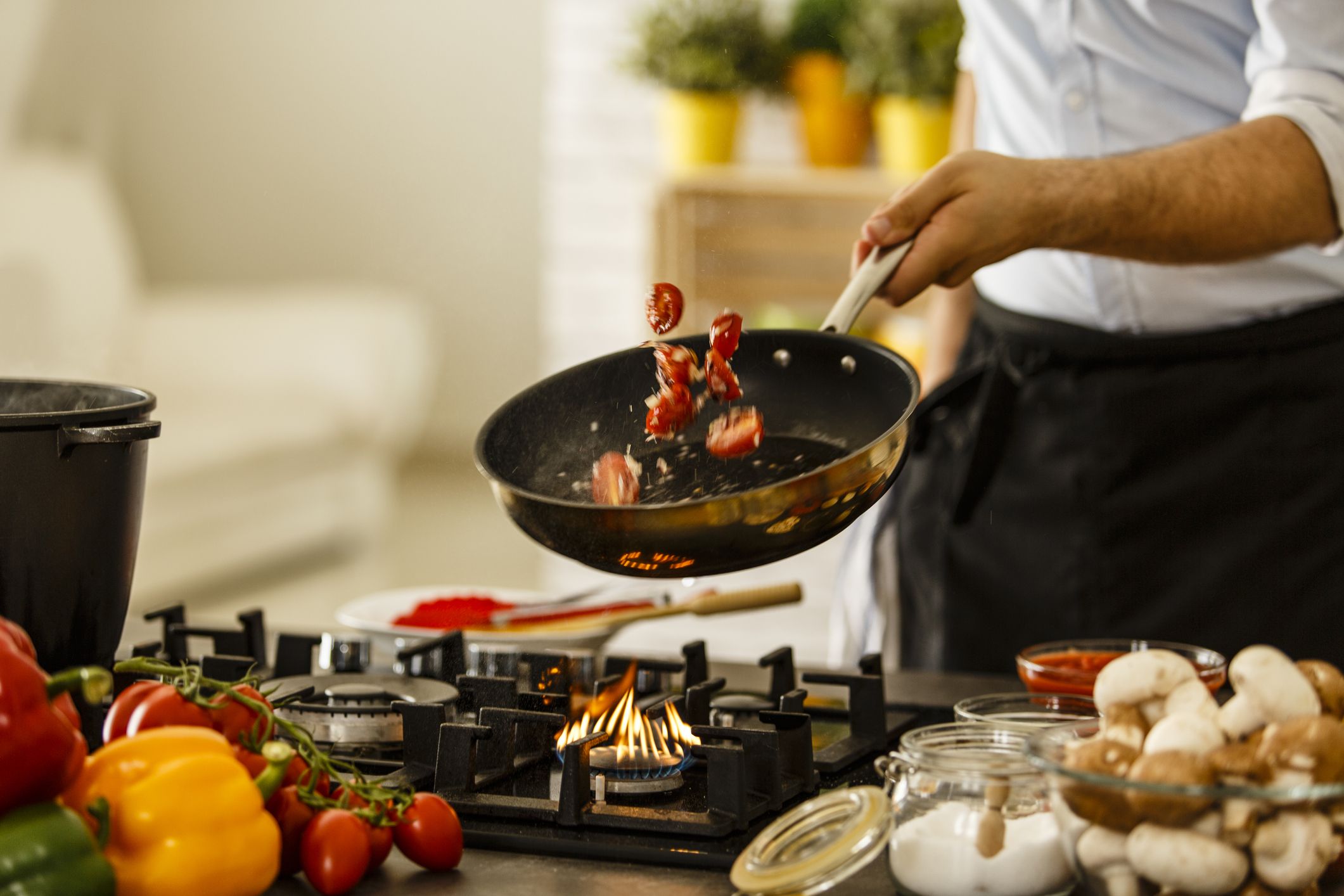
A stainless steel vessel can be used to cook any form of food, including boiling, frying, steaming, grinding, and baking in the oven. It also looks good in any kitchen.
Heat-Resistant Glass Baking Cookware
Trays or casseroles constructed of heat-resistant glass are ideal for baking in the oven and stored in the refrigerator. It is safe to cook with (no hazardous compounds leach into the food) and safe for the environment. They can last for a long time if you treat them properly and not break them. These pots hold a lot of heat and gradually release it, making them ideal for flavouring dishes. There is no reason to be concerned about food quality altering. Because the glass is not porous, it does not absorb scents or odours. This means that the flavour of your food will be unaffected. Heat resistant glass vessels come in various forms and sizes, allowing you to prepare as much as you want from your favourite recipes.
